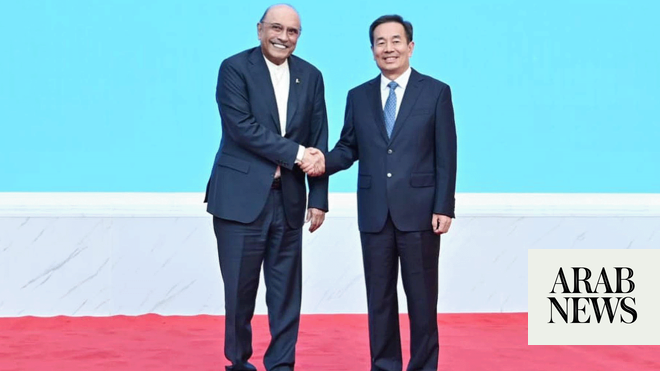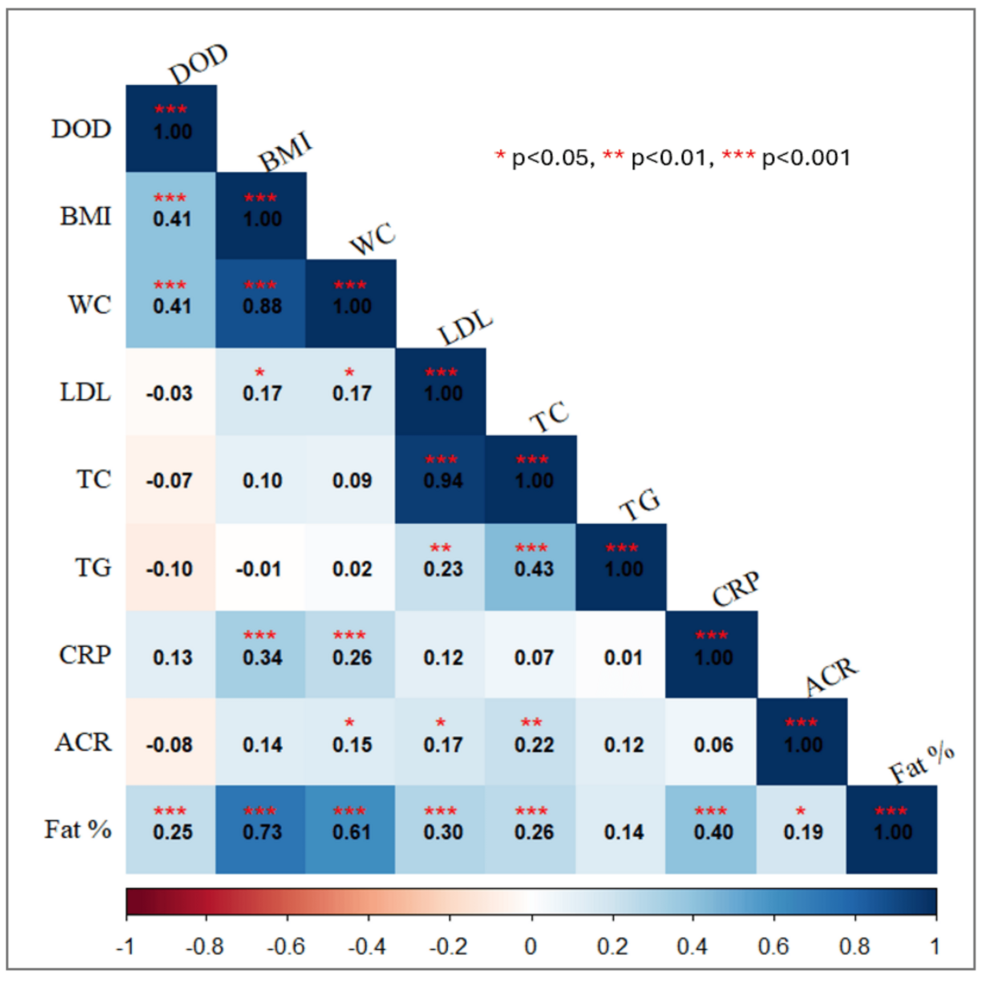Jolly LLB 3 Movie Review: Akshay Kumar and Arshad Warsi starrer courtroom drama Jolly LLB 3 tackles serious issues under the guise of legal banter and comedy. It highlights several societal challenges, such as the suppression of a woman in the courtroom, the exploitation of poor farmers through illegal land acquisition in the name of development, the struggle of a farmer’s widow seeking justice and the defamation of a widow to satisfy the male ego. The movie has subtly touched several aspects that depict the truth of farmers’ lives in India.
Subhash Kapoor’s directorial film gives a voice to the poor, oppressed farmers, exemplified by a hard-hitting line, ‘meri bhool thi ki mein kisan hun’, who didn’t get justice after a powerful industrialist attempted to seize his land. With powerful dialogues, impactful punchlines and a strong focus on farmers’ land dispute struggle, Jolly LLB 3 focuses majorly on two lawyers, who join hands to expose the corruption of a powerful industrialist.
Jolly LLB 3 Plot
The story focuses on a farmer’s struggle to get justice after he has been forced to sell his land. Despite taking the matter to the court, he fails miserably due to a lack of influence and resources. Years after his tragic suicide, his widow, Janki Rajaram Solanki (Seema Biswas), turns to advocate Jagdish Tyagi aka Jolly (Arshad Warsi) for help. Initially, Jolly refrains from filing a petition for the case without money, but after hearing her story, he gets deeper into the case.
Meanwhile, advocate Jagdishwar Mishra aka Jolly (Akshay Kumar), who was initially representing industrialist Haribhai Khaitan (Gajraj Rao) leaves the case midway after knowing the heart-wrenching story of Janaki. The widow enlists the support of both Jolly to fight for her and the village. Jagdish and Jagdishwar then start fighting for the farmers’ rights and justice.
Jolly LLB 3 Performances
Akshay Kumar, who plays the role of Jagdishwar Mishra, has again proved that he is a master in comedy. Despite the film talking about a serious issue, Akshay continues to entertain with his effortless humour. On the other hand, the original Jolly, Arshad Warsi aka Jagdish Tyagi, once again proves his strength as a performer. He plays a man caught between ethics and personal gain, which is shown in a nuanced and engaging way.
Saurabh Shukla, who portrays judge Sunder Lal Tripathi, owns every frame with his strong presence and flawless comic timing. Gajraj Rao, aka industrialist Haribhai Khaitan, breaks his stereotypical soft-spoken image and brings to life a villain whom everyone would love to hate. His performance is mind-blowing, like his previous acts.
Seema Biswas, who plays the role of Janki Rajaram Solanki, emotes the strength, pain, power and confidence of a farmer’s widow. Without speaking much, her eyes do most of the storytelling. Her howling scene after the concluding statement not only reflects her pain, but it echoes the suffering of every farmer in this country who had to take their own life after failing to get justice.
Ram Kapoor never misses the chance to perform to the best of his abilities; this time, too, he has a strong onscreen presence. Huma Qureshi, who plays Jolly Mishra’s wife Pushpa Pandey Mishra, has limited screen time, but she utilises it completely with her bang-on comic timings.
Amrita Rao’s character, Sandhya Tyagi, feels underwritten despite being an integral part of the story. She doesn’t get the chance to implement her best as the character sketch seems dull.
Also read: Nishaanchi Review: Netizens Laud Aaishvary Thackeray’s Debut Performance; Say ‘Typical Anurag Kashyap Film’
Jolly LLB 3 Music And Cinematography
The film has a good background score, but there is only one song in the whole movie titled Hua na, which creates a deep impact on the storyline. Talking about the cinematography, some of the shots, like the drowning scene of the farmer and the heartbreaking moment when Janki discovers her daughter-in-law has died by suicide, portray the theme of helpless surrender without creating any melodrama.
Also read: What If Anjali From Kuch Kuch Hota Hai Picked Salman Khan’s Aman Instead Of SRK’s Rahul?
Jolly LLB 3 Verdict- 4/5
Directed by Subhash Kapoor and produced by Alok Jain and Ajit Andhare, Jolly LLB 3 is an engaging movie with a powerful script, fantastic performances, amazing humour, a well-built emotional connection and a terrific climax. But what’s missing in the movie is Amrita Rao’s character trajectory. Makers fail to build up the character despite it being one of the core elements in the movie. Another point is that Bollywood movies still glorify body shaming as a joke. Akshay Kumar can be seen calling his assistant with terms like ‘mote’ and ‘gende’ to make people laugh but it is not funny anymore. He also criticises his wife’s body weight in a fun way, which is also very disappointing. Except for these, Jolly LLB 3 is a fantastic movie that is definitely a must-watch family drama.







